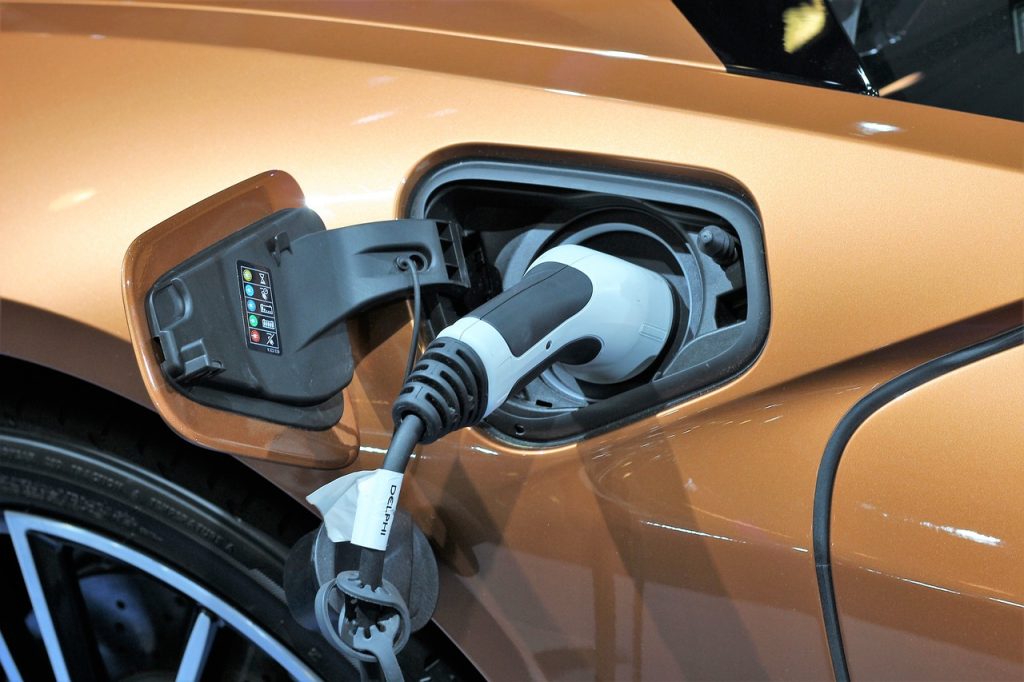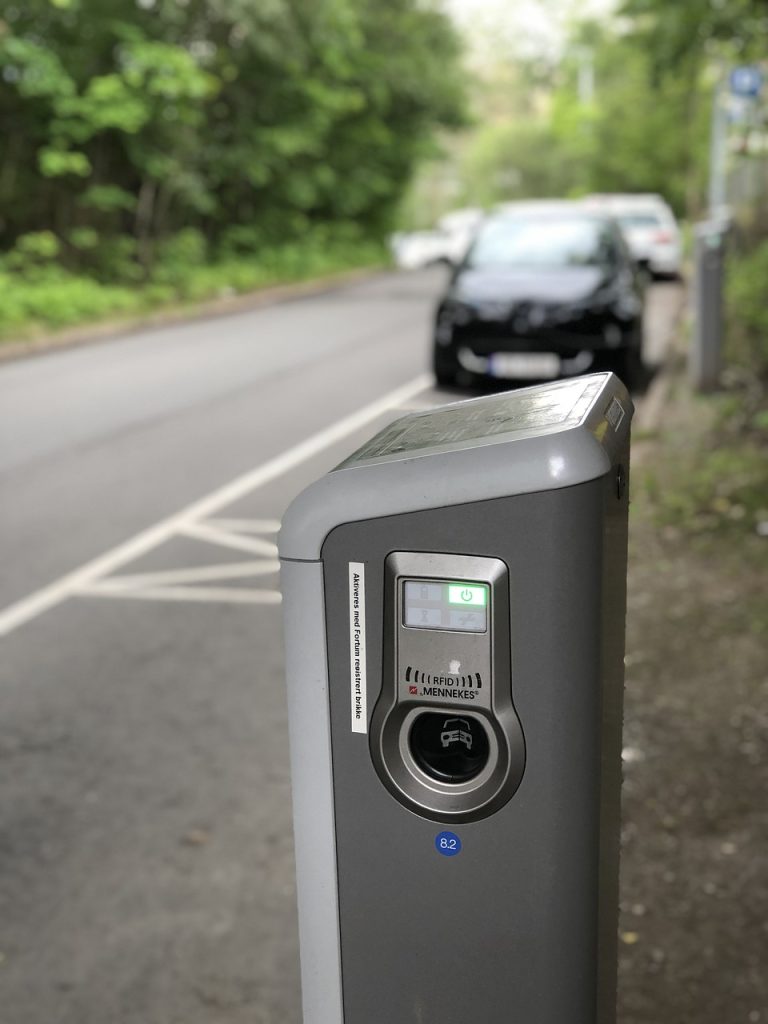As electric vehicles (EVs) gain prominence in the global automotive landscape, the infrastructure supporting their adoption—specifically, EV charging stations—has become a focal point of discussion and development. The transition from traditional gasoline-powered vehicles to electric alternatives presents numerous benefits, including reduced carbon emissions, lower operating costs, and a decrease in reliance on fossil fuels.
However, the effectiveness of this transition hinges significantly on the availability and efficiency of charging stations. There exists a plethora of misconceptions and uncertainties surrounding EV charging stations, including their accessibility, charging speeds, and the technology employed.
Additionally, as various stakeholders—from government agencies to private enterprises—invest in the expansion of this infrastructure, understanding the true facts about EV charging stations becomes imperative for consumers, policymakers, and industry leaders alike. This article aims to shed light on the critical aspects of EV charging stations, provide clarity on common myths, and highlight the advancements and challenges that accompany the evolution of this essential infrastructure.
By fostering informed discussions about EV charging stations, we can better navigate the future of sustainable transportation and ensure that the shift towards electrification is both practical and efficient.
Understanding Different Types of EV Chargers
Electric vehicle chargers are categorized primarily into three levels, each offering distinct charging speeds and applications. Level 1 chargers utilize a standard household outlet and typically deliver around 2 to 5 miles of range per hour of charging. This option is most suitable for home use or locations where the vehicle can remain parked for extended periods. Level 2 chargers, on the other hand, are designed for faster charging and are commonly found in public charging stations as well as residential spaces equipped with dedicated circuits. These chargers can provide approximately 10 to 60 miles of range per hour, making them ideal for daily commuting and quick top-ups.
Level 3 chargers, often referred to as DC fast chargers, represent the pinnacle of electric vehicle charging technology. These units can restore significant range in a fraction of the time, typically providing 60 to 100 miles in just 20 to 30 minutes. While they are primarily located along highways and in urban areas to facilitate long-distance travel, their higher installation costs and power requirements limit their presence in residential settings. Understanding these differences is crucial for EV owners as they plan their charging strategies, ensuring that they select the appropriate charger for their needs based on factors such as location, charging time, and range requirements.
Explore the various charging options available for electric vehicles.

Efficiency and accessibility in electric vehicle charging have been further enhanced by the advent of portable charging solutions and innovative technologies. Portable chargers, which can be easily transported and used in various locations, offer versatility for EV owners who may not have immediate access to traditional charging infrastructure. These compact devices can connect to standard outlets, making them a practical choice for emergency situations or for charging in less conventional spaces.
Additionally, advancements in wireless charging technology are paving the way for a more seamless and convenient charging experience. Inductive charging pads allow vehicles to charge without the need for physical connectors, enabling drivers to simply park their EVs over a charging pad for an automatic power transfer. As the infrastructure continues to evolve, the integration of smart charging systems that optimize energy usage and reduce costs will become increasingly prevalent, further supporting the growth of electric vehicles in various settings.
Charging Speed: What to Expect
Charging speed varies significantly depending on several factors, including the type of charger used and the vehicle’s battery capacity. Level 1 chargers, which utilize standard household outlets, typically deliver a slow charge, taking upwards of 8 to 20 hours for a full charge, making them more suitable for overnight charging at home. In contrast, Level 2 chargers, commonly found in public charging stations, can provide a full charge in approximately 4 to 8 hours, depending on the vehicle and the charger’s output. For those seeking rapid replenishment, DC fast chargers stand out, capable of charging an EV to 80% in as little as 30 minutes. However, it’s essential to consider that charging speed may also be influenced by external factors, such as battery temperature and the state of charge when plugging in.
The charging speed experienced by an EV owner is not solely dictated by the charger; the vehicle’s onboard charging capabilities also play a crucial role. Different models have varying power acceptance rates, meaning some may charge faster than others even when connected to the same charging station. Additionally, as the battery approaches its full capacity, the charging rate typically slows to protect battery health, which can affect the overall time to achieve a complete charge. Understanding these dynamics is vital for EV users to plan their charging needs effectively and minimize downtime while maximizing efficiency.
Learn about the time it takes to charge your electric vehicle at different stations.
The onboard charging system of an electric vehicle can limit or enhance the charging speed, depending on its design and specifications. For instance, an EV equipped with a higher-capacity onboard charger will be able to accept more power from Level 2 chargers, thus reducing the overall charging time. Conversely, a vehicle with a lower capacity may take longer to charge, even when connected to a faster charger. Additionally, many modern electric vehicles support both Level 2 and DC fast charging, allowing for greater flexibility in charging options based on the driver’s needs and circumstances.
Environmental conditions also play a significant role in charging duration. Extreme temperatures can affect battery performance and charging efficiency, potentially elongating the time required to reach a full charge. Furthermore, the state of charge upon arrival at a charging station is crucial; a battery that is nearly depleted may charge more rapidly at first, while the charging rate tends to taper off as it approaches full capacity. Understanding these variables helps EV owners make informed decisions about their charging strategies and optimize their driving experience.
Location Matters: Where to Charge
The choice of charging location can significantly influence the overall charging experience for electric vehicle (EV) owners. Proximity to essential amenities, such as restaurants, shopping centers, or recreational areas, can enhance the convenience of charging stops, allowing drivers to make the most of their time while waiting for their vehicle to charge. Strategically placed charging stations in high-traffic areas can also alleviate range anxiety, providing reassurance that drivers will have access to power when needed. Moreover, the availability of different charging levels at various locations can affect the duration of charging sessions, with DC fast chargers often found in urban settings and Level 2 chargers more common in residential and commercial areas.
In addition to convenience, the selection of charging sites can impact the long-term viability and efficiency of electric vehicle usage. Areas with robust infrastructure and ample charging points not only improve accessibility but also encourage the adoption of electric vehicles by reducing potential barriers. Local governments and businesses that invest in charging infrastructure contribute to the wider ecosystem, fostering greater acceptance of EV technology by ensuring that drivers have reliable and efficient access to charging solutions. As the demand for electric vehicles continues to grow, the strategic placement of charging stations will become an increasingly critical factor in supporting sustainable transportation initiatives.
Identify key locations for EV charging stations in urban and rural areas.
In urban environments, key locations for charging stations often include parking garages, shopping malls, and near public transportation hubs, where high foot traffic can maximize utilization. Integrating charging stations into existing infrastructure, such as curbside parking spaces and office complexes, can create seamless access for urban dwellers. Furthermore, targeting areas with a high density of electric vehicles can enhance the effectiveness of these stations, ensuring they meet the needs of local users while encouraging potential adopters.
Conversely, in rural settings, charging infrastructure should focus on strategic placements along major highways and scenic routes, catering to long-distance travelers. Local community centers, grocery stores, and popular tourist attractions can also serve as ideal locations, promoting the dual benefit of enhancing local economies while addressing the charging needs of EV users. Establishing a comprehensive network that combines urban convenience with rural accessibility is essential for fostering widespread EV adoption and ensuring that drivers feel empowered to travel beyond city limits.
Cost of Using Charging Stations
The financial implications of utilizing charging stations can vary significantly depending on multiple factors, such as location, time of use, and pricing policies implemented by service providers. In metropolitan areas, users may encounter higher fees associated with premium charging locations that offer convenience and accessibility. Additionally, some stations operate on a pay-per-use model, which can lead to fluctuating costs based on demand; peak times often see elevated rates, reflecting the economic principle of supply and demand.
Moreover, various charging networks may offer membership plans or subscription services that provide users with discounted rates, thus incentivizing consistent use and fostering a sense of community among electric vehicle owners. Importantly, the cost of charging itself can also be impacted by local electricity rates, which vary by region and can influence the overall expense of owning and operating an electric vehicle. Understanding these costs is crucial for users to optimize their charging experience and manage their budgets effectively.
Analyze the expenses associated with charging your electric vehicle at public stations.
When evaluating the costs of charging an electric vehicle at public stations, it is essential to consider the duration of charging sessions, as the time spent plugged in directly correlates with the total expense incurred. Many public charging stations charge based on time rather than energy consumed, which can lead to increased costs if a vehicle remains connected longer than necessary. Additionally, users should be aware of potential idle fees that some stations impose to encourage vehicle turnover, further impacting overall expenses.
Another significant factor is the variance in charging power levels, which can affect both charging time and cost. Fast chargers, while typically more expensive per minute, allow for quicker replenishment of battery power, potentially leading to lower overall costs for long-distance travel. In contrast, Level 2 chargers may offer a more economical rate per hour but require a longer charging duration. Understanding these nuances enables electric vehicle owners to make informed decisions about when and where to charge, ultimately managing expenses more effectively.
Future of EV Charging Infrastructure
The advancement of electric vehicle charging infrastructure is poised to significantly enhance the user experience and accessibility of charging options. With increasing investments in high-capacity charging stations and the integration of renewable energy sources, the future landscape is likely to feature a more robust network capable of supporting the growing electric vehicle market. Smart charging technologies will enable dynamic pricing models and optimized energy distribution, allowing users to charge their vehicles during off-peak hours at lower costs while contributing to a more stable grid.
Moreover, the emergence of wireless and ultra-fast charging solutions could revolutionize the charging paradigm, making the process more seamless for users. As urban centers evolve, charging stations may become commonplace in public spaces, residential areas, and workplaces, fostering a culture that embraces electric mobility. The synergy between advancements in battery technology and charging infrastructure will not only alleviate range anxiety but also promote sustainability, ultimately paving the way for a cleaner and more efficient transportation ecosystem.
Discuss upcoming advancements and trends in electric vehicle charging technology and availability.
Technologies and charging infrastructure will play a critical role in addressing range anxiety and enhancing the overall convenience of electric vehicle ownership. Innovations such as vehicle-to-grid (V2G) technology will enable electric vehicles to not only draw power from the grid but also return energy when demand peaks, creating a more resilient energy ecosystem. This bidirectional flow of energy can empower consumers to participate actively in energy management, potentially offering financial incentives for those who allow their vehicles to support grid stability.
In addition to technological advancements, collaborations between automakers, energy providers, and government entities are essential in establishing a widespread charging network. The expansion of charging stations across urban and rural areas, coupled with incentives for fast-charging technologies, will significantly reduce barriers to entry for potential electric vehicle buyers. As societal attitudes shift towards sustainability, the increasing availability of charging options will play a crucial role in accelerating the transition to electric mobility, ultimately leading to a more sustainable transportation ecosystem.
In conclusion, understanding the facts surrounding EV charging stations is crucial as electric vehicle adoption continues to grow. While concerns about accessibility, charging speed, and infrastructure development persist, advancements in technology and increased investment are paving the way for a more efficient and user-friendly charging experience. Public and private sectors are collaborating to expand charging networks, addressing the challenges of range anxiety and convenience. As we move towards a more sustainable future, informed discussions about EV charging stations will be essential in shaping policies and innovations that support the transition to electric mobility, ultimately contributing to a cleaner environment and reduced carbon footprint.



